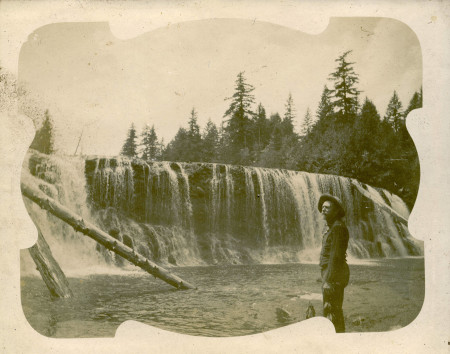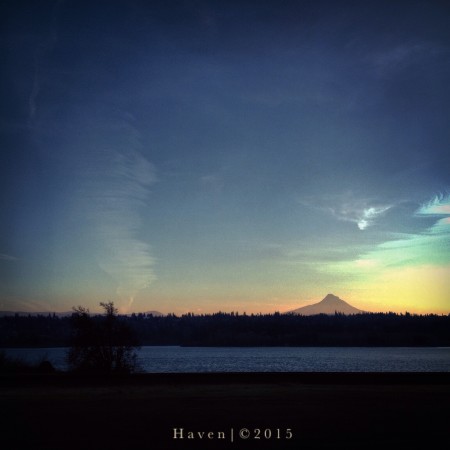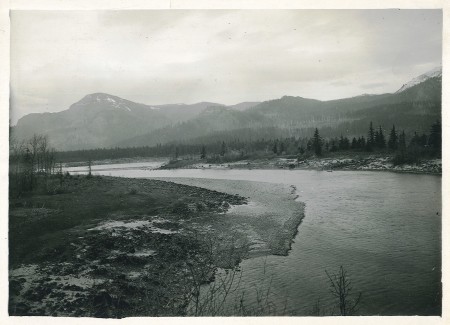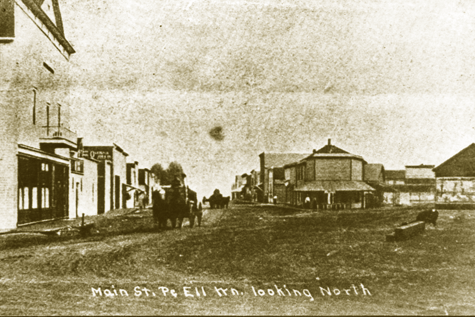A Mount Adams Story
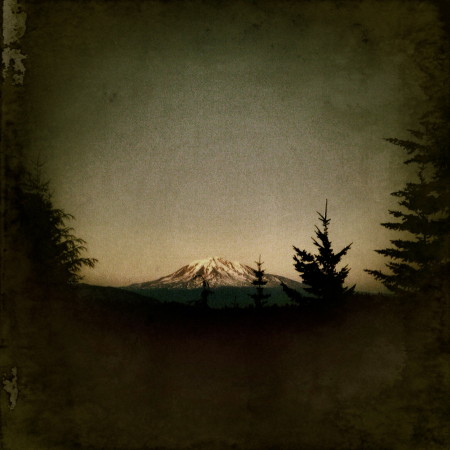
Pahto | © 2010 H a v e n
Mount Adams (12,307 feet in altitude), the second highest peak in Washington, stands in the southwestern part of the state. The Klickitat and Yakama Indians called it Pahto. They claimed it as their mountain.
This legend was told by Chief Jobe Charley, with his granddaughter, Hattie Wesley, acting as interpreter. Now eighty-six years old, Jobe Charley heard the story when he was a little boy. When he got his first horse, he rode to Mount Adams and climbed it. Until he saw the eagles up there, he had not believed the story. Many eagles are hatched in the caves in the east side of Mount Adams.
Back when the mountains were people, Sun was a man. He had five mountains for his wives. One was Plash-Plash, where the Goat Rocks are now. Plash-Plash means “white spots.” Another was Wahkshum, west of Satus Pass. The others were Mount Adams, Mount Rainier, and Mount St. Helens. The Indians called all of them Pahto, which means “standing high.” Wahkshum and Plash-Plash were once known as Pahtoes also. I will call only Mount Adams Pahto in this story, for Rainier and St. Helens are not important in it.
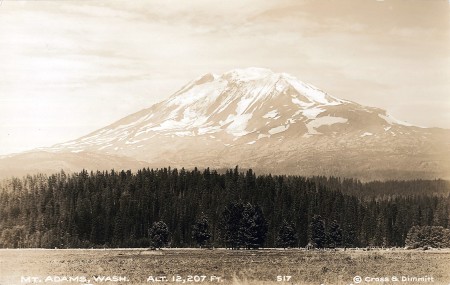
Mt. Adams post card from the 1920′s.
Sun traveled from east to west, of a course. So Wahkshum was the first wife he talked to every morning. Plash-Plash was the second, and Pahto was the third. Pahto became jealous of the other two and made up her mind to get rid of them. Jealous and angry, she fought them and broke down their high heads. All that is left of Plash-Plash is goat rocks. All that is left of Wahkshum is the mountain called Simcoe Mountain and the little huckleberry bushes on it. Rainier and St. Helens were so far away that Pahto left them alone.
For a while after she had broken the heads of Wahkshum and Plash-Plash, Pahto was happy. Every morning she was the first wife Sun spoke to. She was the tallest mountain around, and she was proud and strong. But she did not remain satisfied. She made up her mind to go across the river and take what she wanted from the mountains south of her.
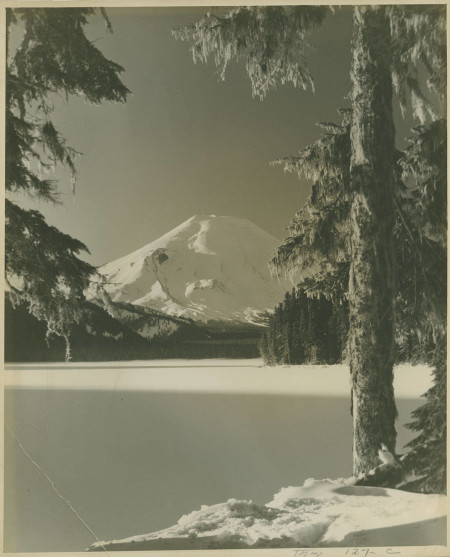
Mt. St. Helens. ca. 1920′s
So she went down there and brought back all their grizzly bears, black bears, elk, deer, pine nuts, huckleberries, roots, and herbs. From the rivers and creeks she took the salmon and trout and put them in the streams which flowed sown her sides. She planted the berries and the pine nuts and the roots all around her. She turned loose the elk, deer, and bears. That is why there are plenty on Mount Adams today.
All this time the great was watching. He saw the wrong things Pahto was doing. He thought to himself, “There must be a law that any wrongdoing shall be punished.”
But punishment did not come yet. Pahto was so strong and tall that the other mountains said, “We’ll not do anything about what she has done. We’ll just let it go.”
But Klah-Klahnee-You call them the Three Sisters- said among themselves, ”Pahto is too proud and greedy. We must do something.”
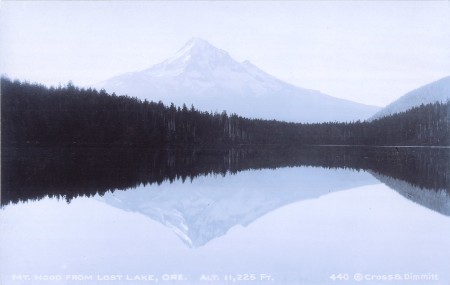
Wy’east. Postcard, ca. 1920′s
The came up north and said to Wyeast, Mount Hood, “Why don’t you destroy Pahto? Why do you let her get the best of you? You are tall and strong. Some day there will be people on the earth. When they find that we have let Pahto destroy us and steal from us, they will make fun of us.”
That is how Klah-Klahnee caused Wyeast to fight Pahto. “If I get the best of her,” Wyeast promised them, “I’ll take all that she has stolen from us.”
But first Wyeast said to Pahto, in a nice way, “I want you to give back half of what you took from us. When the new people come, those who live in are part of the country should have the same food that people near you will have. I am asking you now, in a nice way, for only half of what you took from us. If you give it to me, the new people will have food.”
But Pahto was greedy. ” No, I shall never give you anything,” she said.
So they fought.
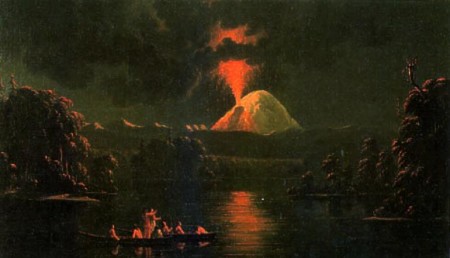
Paul Kane painting.
Up to that time, Pahto had a high head. Wyeast hit her from the east side and knocked her head off. Today on the north side of Pahto there is a pile of fine rocks about a half a mile long. These rocks were once Pahto’s head.
The Wyeast thought, “I’ll leave here and there a little bit of everything she took away-elk, deer, berries, I’ll put some here, some there. Pahto can’t have everything.” So Wyeast shared with the other mountains.
The Great Spirit saw all that happened. He did not try to help Pahto. ”She deserved that punishment,” he thought. “She deserved to lose her head because she destroyed the heads of Wahkshum and Plash-Plash. That will be the law. If people do wrong they will be punished in the same way.”
But after Pahto lost her head, she became mean. Whenever she became angry, she would send a big thunderstorm and much rain. In the winter she would send big snows, and in the spring there would be floods. All through the Yakama Valley there were lakes from the big floods. When the first people came to the earth, they lived only on the mountains.
The Great Spirit was watching. He saw all that happened. At last he said, “I shall make a new head for Pahto. Then she will not be so mean.”
So he sent down a big white eagle with his son, a red eagle, riding on his right shoulder. He put the two eagles on top of Pahto, to be her head. Then he said to her, “I am sending white eagle and his son to you, to be your head. Don’t have hard feelings toward the other mountains. And don’t flood the earth again. Remember that you are the daughter of the Great Spirit.
Pahto answered, “I am glad you have given me the eagles. I will forgive the other mountains, and I will not flood the country anymore.”
Then she raised her right hand and said, “I did not know that the Great Spirit is my father. I am sorry for all wrong things I have done.”
Then the Great Spirit replied, ” I gave the world to you mountains. I put you here and there, where I wanted you to be. Some of you I made high. Some I made low. You should have never destroyed Wahkshum and Plash-Plash.”
Source: (http://archiver.rootsweb.ancestry.com/th/read/FOLKLORE/2000-09/0968495643)
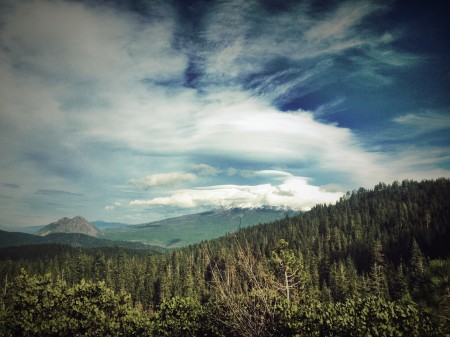
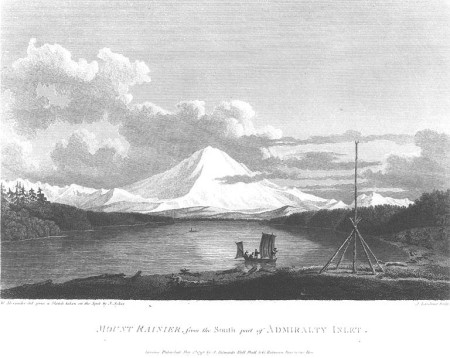
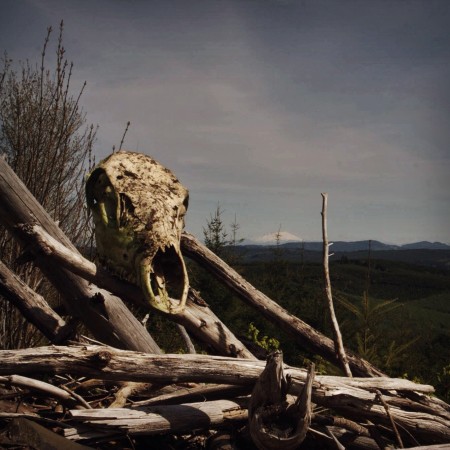
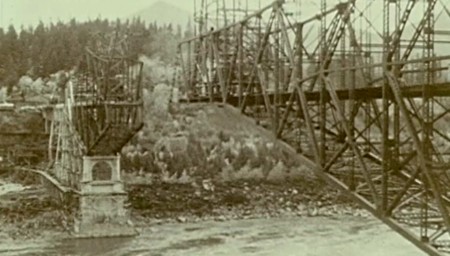
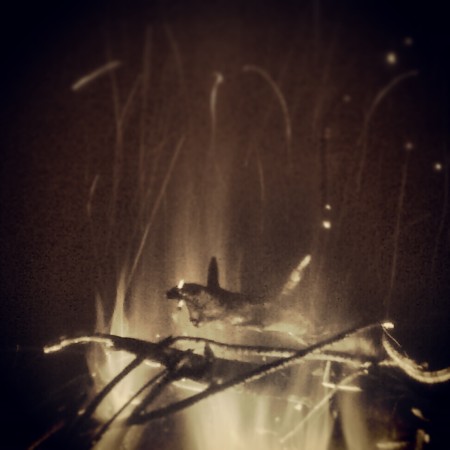
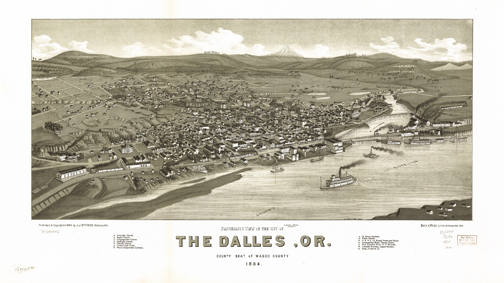
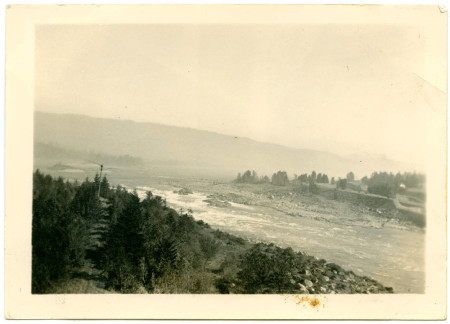





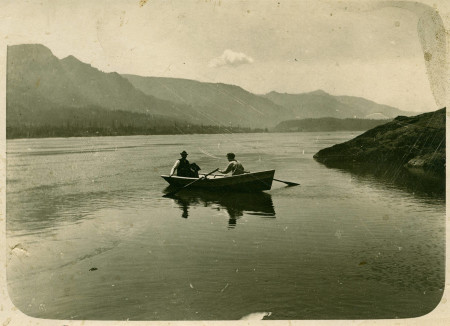
 In September, 1887 when I moved onto my homestead there were, in all, eight families and five bachelors living in Wind River Valley. As
In September, 1887 when I moved onto my homestead there were, in all, eight families and five bachelors living in Wind River Valley. As